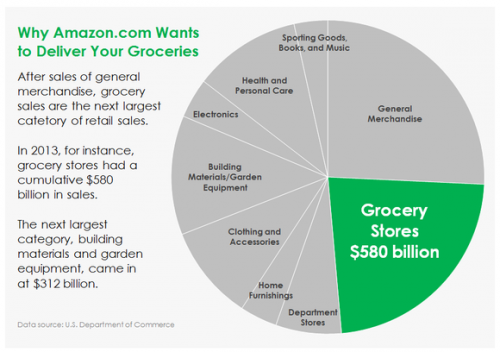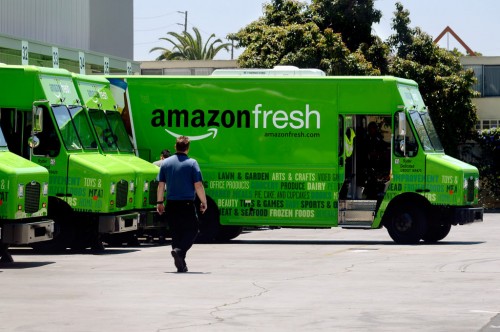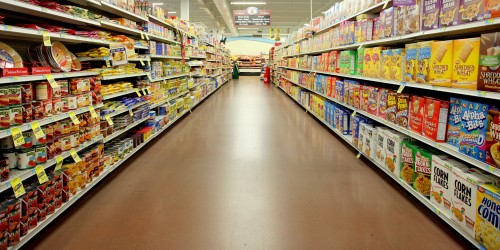 Amazon is planning to open 2000 grocery stores across the United States, its largest push into the brick and mortar space yet. Internally named “Project Como,” Amazon plans to open 20 Amazon Fresh stores in several major metropolitan areas, including New York and Miami, over the next year. These stores will effectively act as the beta versions of a pilot program designed to test out several different store concepts.
Amazon is planning to open 2000 grocery stores across the United States, its largest push into the brick and mortar space yet. Internally named “Project Como,” Amazon plans to open 20 Amazon Fresh stores in several major metropolitan areas, including New York and Miami, over the next year. These stores will effectively act as the beta versions of a pilot program designed to test out several different store concepts.
 One store, known as a “click and collect” concept, will allow consumers to order groceries on amazon’s website and pick them up in the store. Another store, similar to a traditional grocery store, will enable customers to shop for perishable goods in the store and have durable goods shipped directly to their residence. Yet another will feature a drive through where customers can order and pick up their groceries in a 2-hour time frame. At first glance, it might seem that Amazon is a bit out of their wheelhouse on this. It may also seem like Amazon is not exactly sure how the end-product will work. However, some food industry experts say that Amazon knows exactly what they are doing.
One store, known as a “click and collect” concept, will allow consumers to order groceries on amazon’s website and pick them up in the store. Another store, similar to a traditional grocery store, will enable customers to shop for perishable goods in the store and have durable goods shipped directly to their residence. Yet another will feature a drive through where customers can order and pick up their groceries in a 2-hour time frame. At first glance, it might seem that Amazon is a bit out of their wheelhouse on this. It may also seem like Amazon is not exactly sure how the end-product will work. However, some food industry experts say that Amazon knows exactly what they are doing.

One reason is that the food market, in general, represents one of the last major markets with a high level of inefficiency. It features a bevy of middle men throughout the supply chain who tack on high margins wherever possible, squeezing both the customer and the grower. Amazon plans to tackle this issue with their superior buying power and “best in class” logistics operation. By leveraging their existing network of fulfillment centers and logistics hubs, they will be able to supply their own stores with fresh produce, cutting out the wholesalers and distributors who eat into grocery store profits.
This makes sense when one considers the fact that distributors and wholesalers both enjoy very good margins, usually between 20-35%. If Amazon can obtain those margins while reducing costs via superior logistics, it is a win-win for them. Tack on the fact that they will be able to pre-sell most their durable and shelf-stable goods online, one can see how they might be able to save floor space and still have more sales “per store.”

Think about the last time you went to a grocery store. You may have noticed that the entire center of the supermarket was filled with shelf-stable goods. Only the outside lane, as you walk around the store, has fresh goods and produce. Amazon is essentially betting that there is no reason the center of the store cannot be replaced with an online shopping experience. You need peanut butter, great, it will be at your door in two hours. Why wait in line. Why get out of the car. Most Americans value time and convenience, and Amazon is finding a way to give it to them.
Should they be successful, Amazon will shake up the grocery industry, and the broader retail sector, in a major way. By cutting out the middle of the grocery store, Amazon Markets are projected to have the same throughput sales capacity as grocery stores three to four times their size. This means that they would effectively be able to compete against the major tenant of most neighborhood suburban retail blocks in the United States, with a much smaller footprint. The full impact of this is still years away, but with a company as large as Amazon, the possibility is very real.
